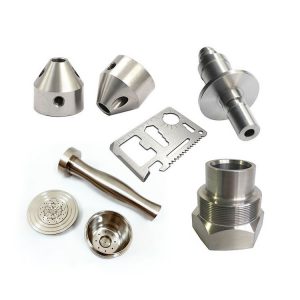CNC Machining is a form of automated machining that uses computer numerical control (CNC) to control the machines used in the machining process. CNC machining is typically used to create complex and precise parts that are not possible with manual machining.

Types of CNC Machining :
1. CNC Milling: Milling is a type of subtractive manufacturing process that uses cutting tools to remove material from a workpiece to create a desired shape. Milling is highly accurate and can produce complex shapes with tight tolerances.
2. CNC Turning: Turning is a type of machining process that uses a cutting tool to remove material from a rotating workpiece. Turning is often used to create objects with cylindrical shapes, such as precision parts for automotive and aerospace applications.
3. Drilling: Drilling is a type of machining process that uses a drill bit to create holes in a workpiece. Drilling is often used to create holes for fasteners and other components.
4. Grinding: Grinding is a type of machining process that uses an abrasive grinding wheel to remove material from a workpiece. Grinding is often used to create precision parts with tight tolerances.
5. EDM (Electrical Discharge Machining): EDM is a form of machining that uses electrical sparks to remove material from a workpiece. EDM is often used to create complex shapes that cannot be machined using traditional methods.
Advantages of CNC Machining :
1. Accuracy: CNC machines are highly accurate and can produce parts with tight tolerances.
2. Repeatability: CNC machines can produce multiple parts with identical dimensions, which is ideal for mass production.
3. Versatility: CNC machines can handle a wide range of materials, including metal, plastic, and wood.
4. Efficiency: CNC machines are faster than manual machines, which allows for higher production rates.
5. Cost Savings: Using CNC machines can reduce labor costs and the cost of raw materials.
